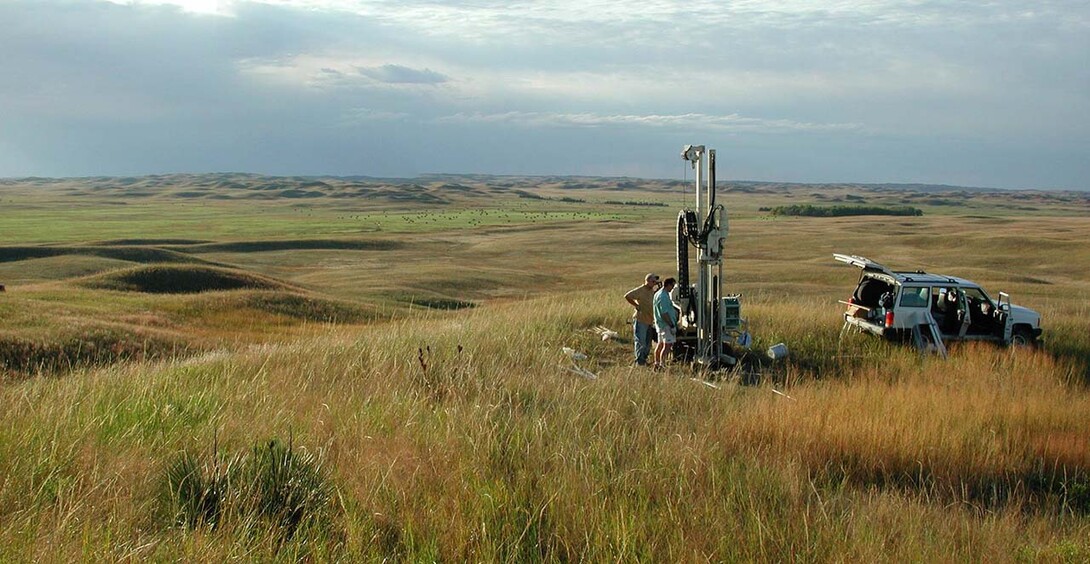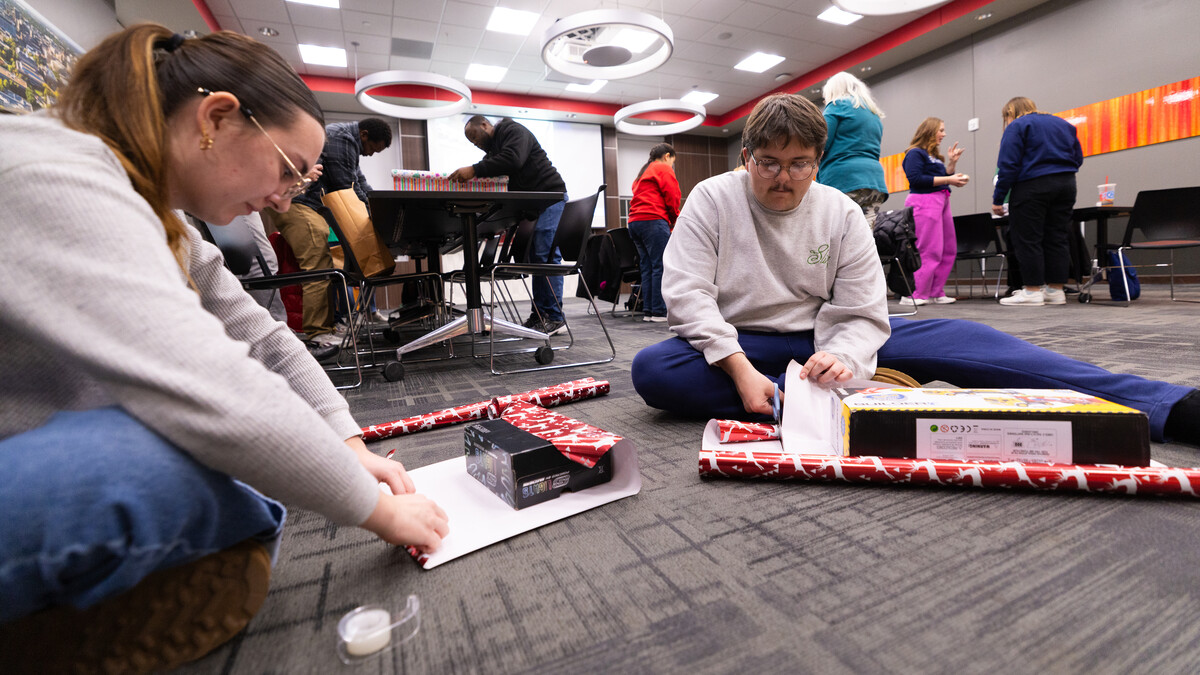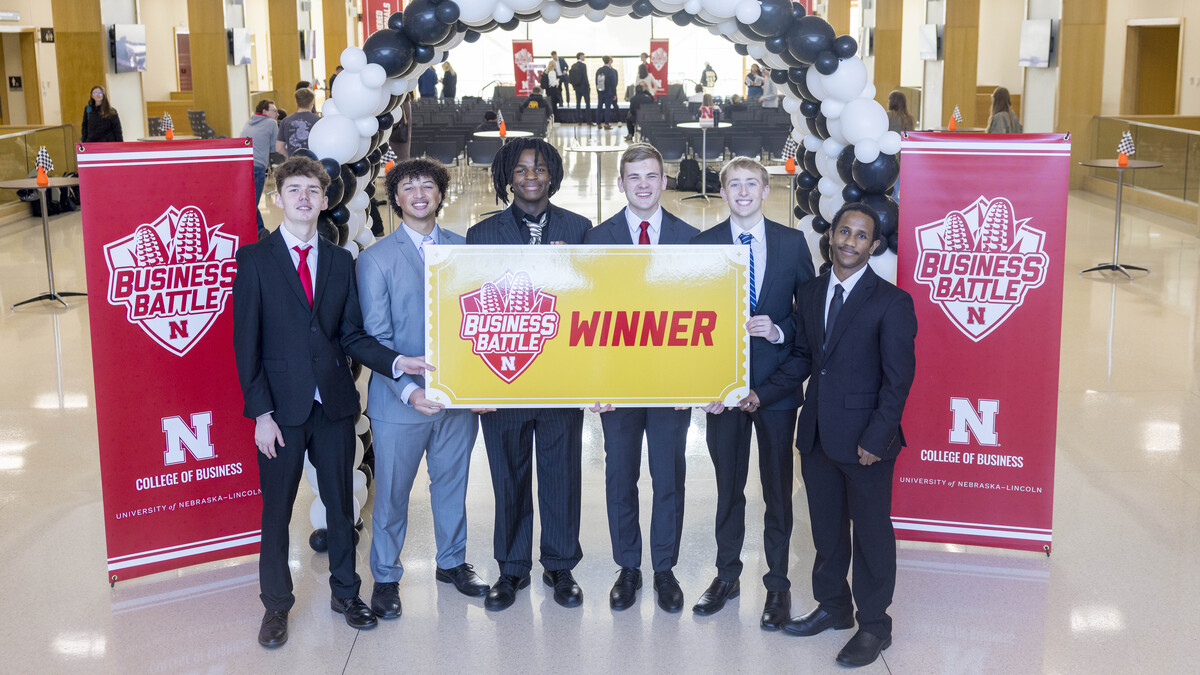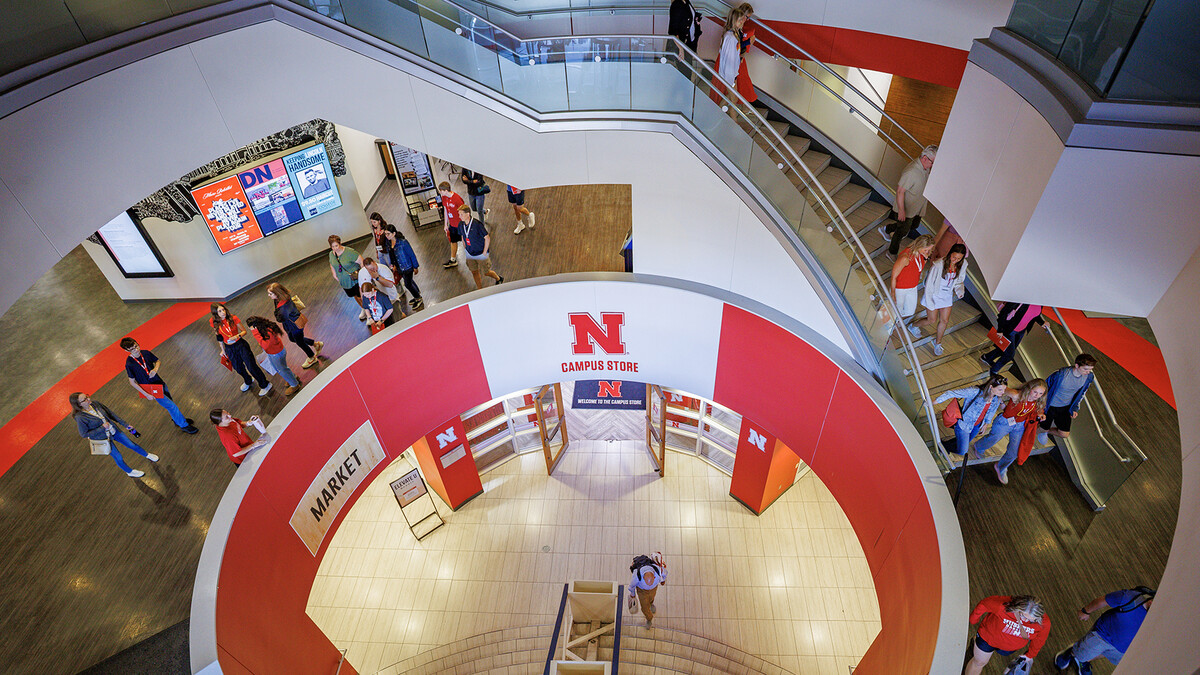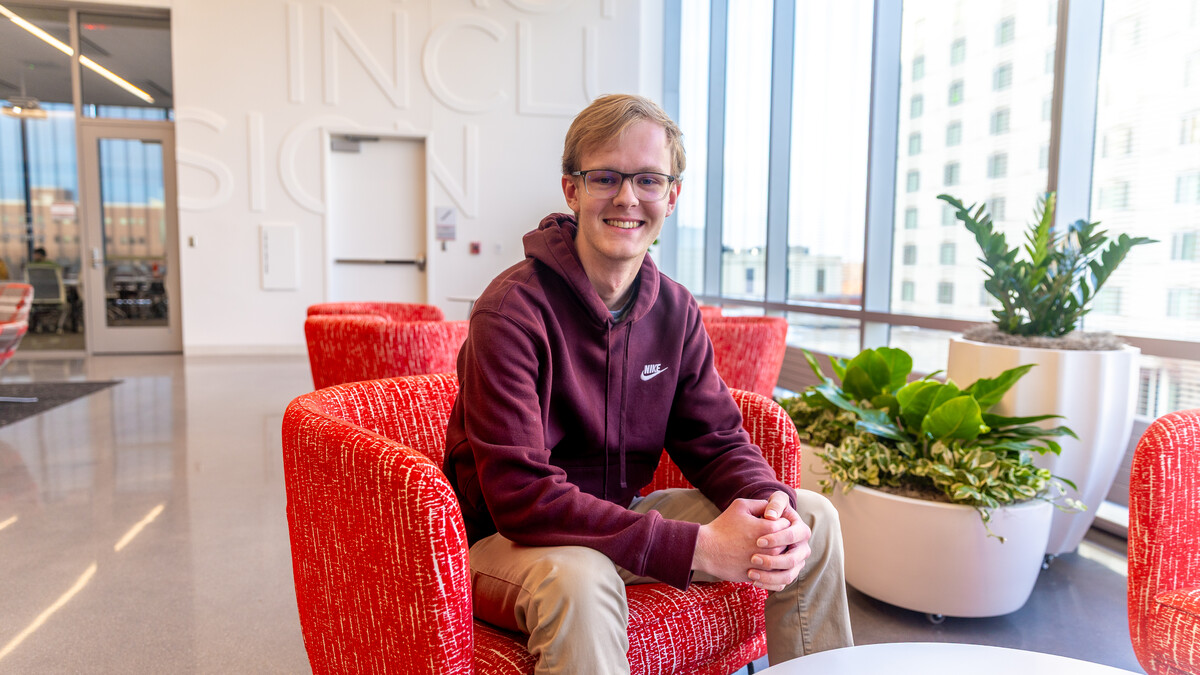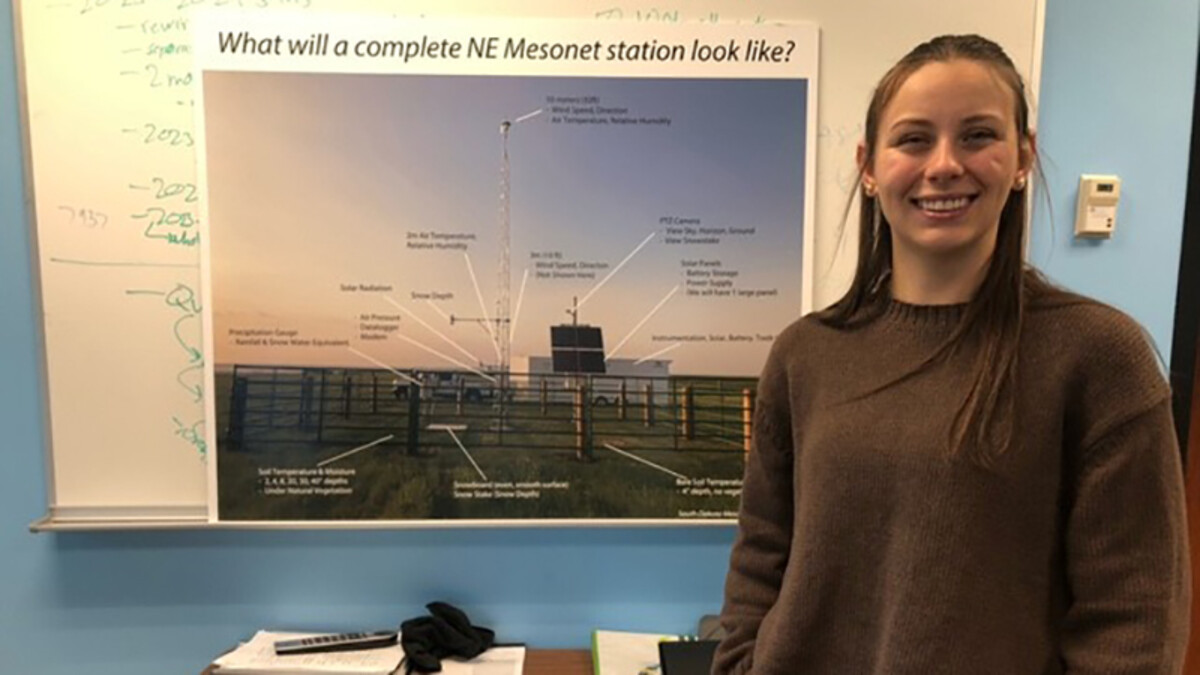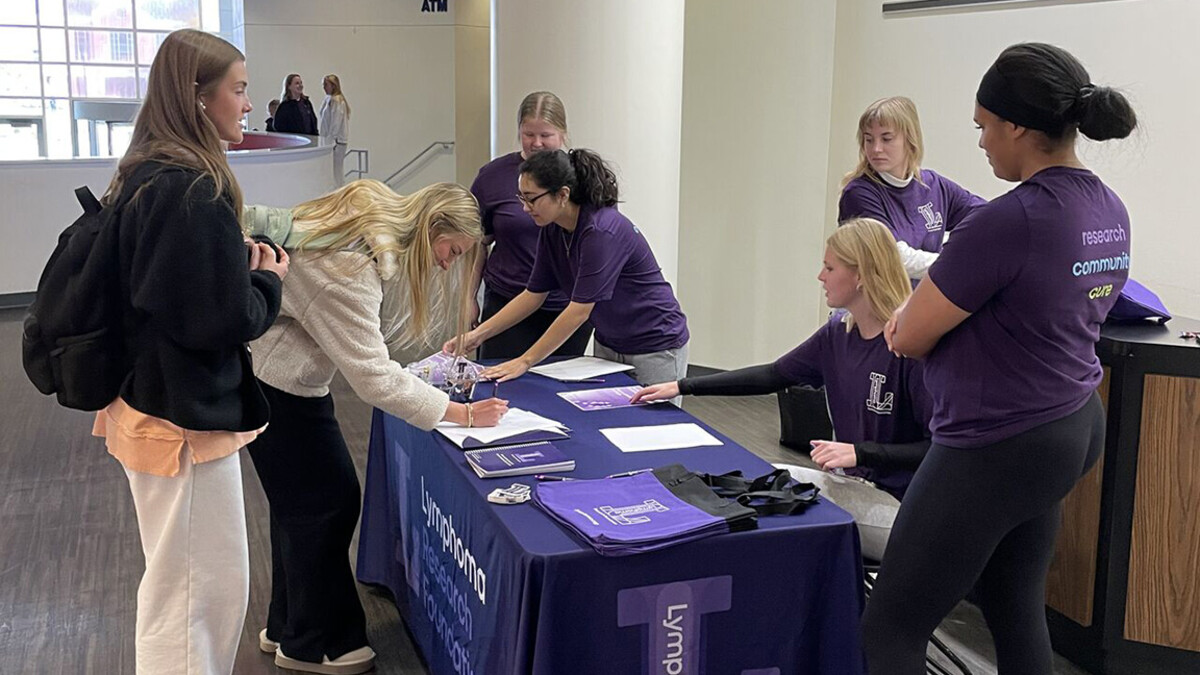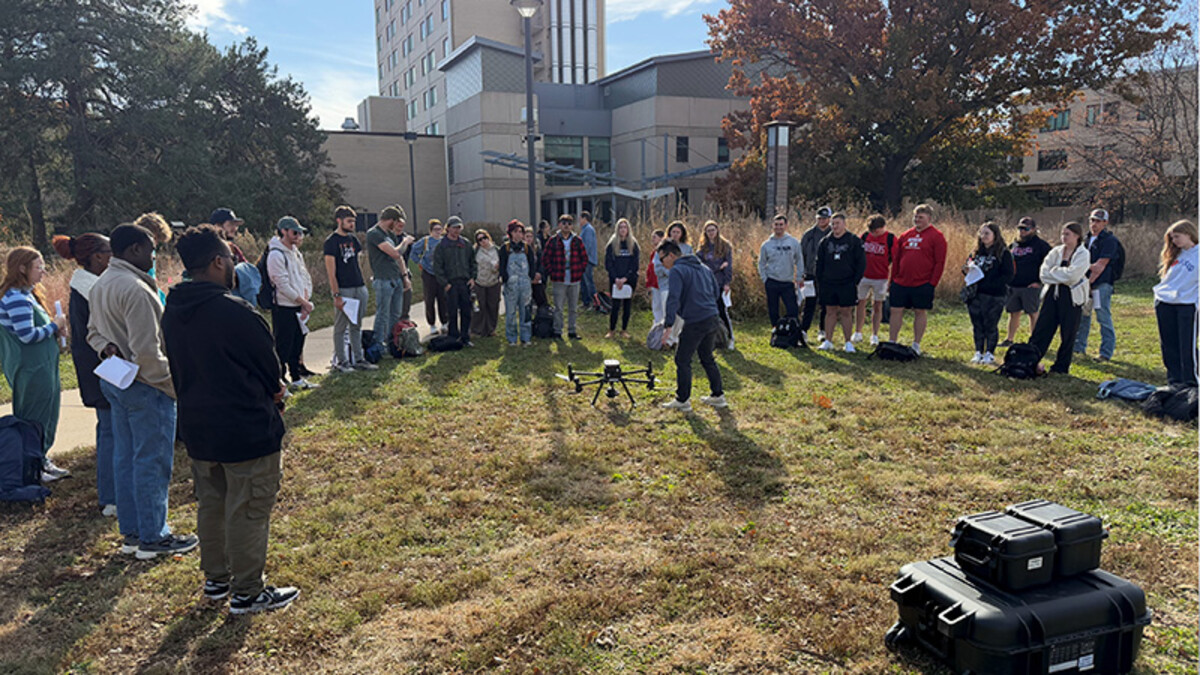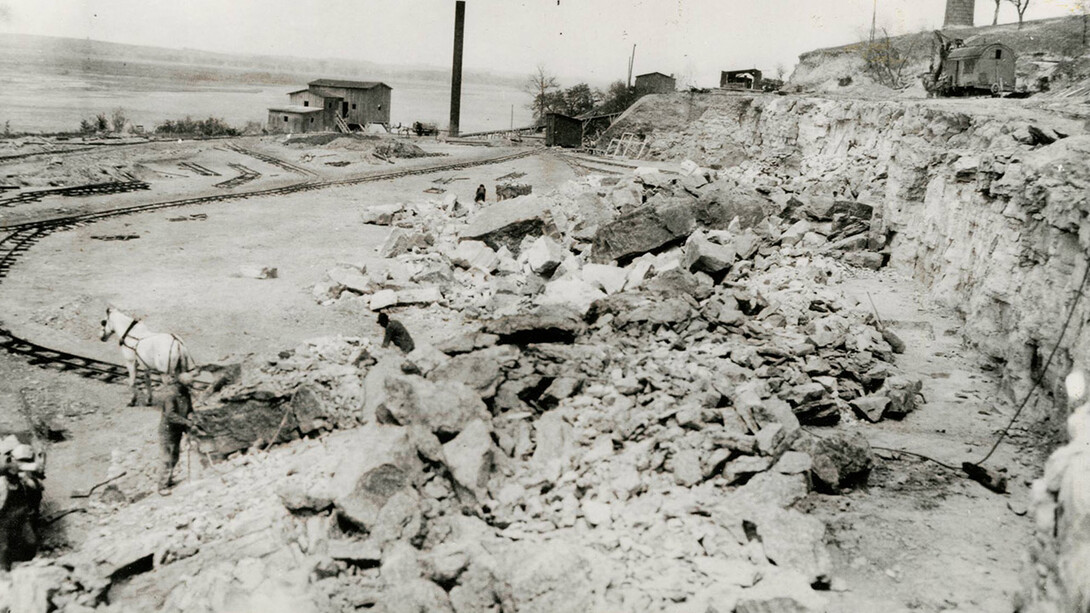
The story of Nebraska’s history is one that can’t be separated from the quest for knowledge about what lies beneath the surface. Which natural resources the state could provide its residents has always been of upmost importance to people’s lives and livelihoods.
Those natural resources — soil, water, fuels and minerals — still are.
It’s why the Conservation and Survey Division in the University of Nebraska-Lincoln School of Natural Resources remains relevant. This year, the unit celebrates its 125th anniversary and will continue to conduct research in geology, groundwater and soils to serve Nebraskans.
“The Conservation and Survey Division is as important, or more important, than it has ever been,” said Matt Joeckel, the ninth CSD director in the history of the survey organization and current state geologist. “In fact, I can foresee no time in the future in which the geology, groundwater and soils of Nebraska become irrelevant and unworthy of understanding.”
Since 1893, the state has had an official geologic survey. An ad hoc state geologist was recognized at the University of Nebraska in 1871, just four years after Nebraska became a state and two years after the university opened its doors to students. Nebraska had a state geologist before the university had its first graduating class, experimental farm, band, law school or football team.
Then, in 1921, the natural resources survey component was established by state statue, cementing its existence. The survey has taken seriously its role in compiling, recording and publishing information on the state’s natural resources and serving its citizens as an information bureau.
“Some people may think it’s all been done,” Joeckel said, “but it hasn’t.”
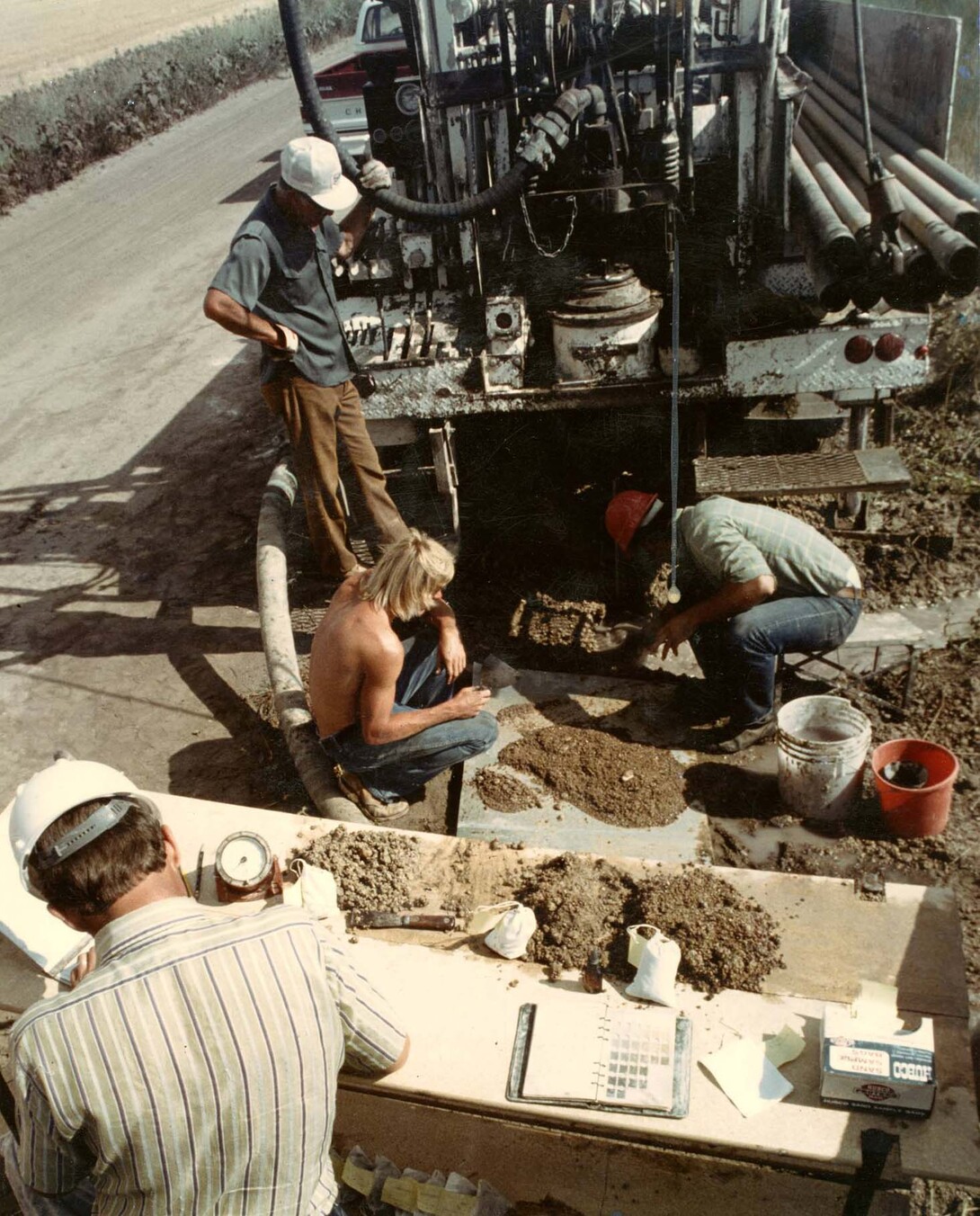
With each passing year, technology improves, opening the doors to scientifically assessing the state’s natural resources in ways that haven’t been possible before. For example, since 2014, Jesse Korus, hydrologist with the CSD, has used electromagnetic airwaves to map in 3-D large swaths of underground valleys, information that can inform water management and the prediction of how groundwater flows.
Five decades ago, CSD personnel discovered in southeastern Nebraska the Elk Creek carbonatite deposit, which contains rare-earth elements and niobium, a metal used in critical types of steel. CSD gradually acquired all of the industrial data, rock cores and samples acquired at the site by private concerns, archived them and made them available to a new effort at developing the deposit in the past decade.
“Nebraskans have already benefited significantly from these efforts, even though as yet there has been no mining,” Joeckel said.
CSD also has run a geologic test-hole drilling program since the 1940s that provides information on Nebraska’s groundwater and geology, and also augments ongoing geologic mapping in the state. In 2017 alone, CSD logged more than 11,000 feet of test holes.
Samples from these test holes are cataloged, analyzed and stored in the CSD Repository, and samples are available on loan. Learn more here.
These cores, cuttings and other samples are used every year by scientists and personnel in the minerals, fuels and groundwater industries.
The repository is just one of the CSD’s three main databases available to the public. The others track the state’s groundwater and provide geologic maps.
“These databases have national and worldwide relevance,” Joeckel said. Geologic information on the High Plains Aquifer, for example, is of interest around the world because of its use as a supply for drinking water, as well as for irrigation.
The CSD also annually publishes informational circulars on everything from primary and secondary aquifers to landslides. In 2017, CSD personnel published 35 products, including 19 peer-reviewed publications and four geologic maps. They also produced more than 1,500 continuing education units for professionals and delivered 59 presentations. Personnel also teach and engage undergraduate and graduate students in research and participate in Nebraska Extension activities.
They don’t intend to let up in 2018.
“There is always something new to be discovered and to share,” Joeckel said.
